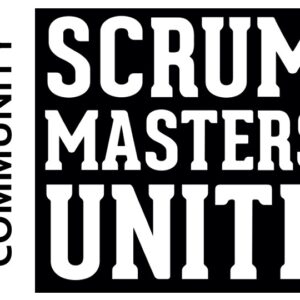What teams can do when mgmt “doesn’t get” agile

Inevitably when I talk to agile teams and their scrum masters I almost always hear how management “doesn’t get it” and is continually making unreasonable requests of the team. However after digging into the situation I usually find there’s a misunderstanding of what needs to be in place in their agile ecosystem to give management the trust and insights they need to start being more agile. There are a few key foundation elements teams control and can put in place to get greater support from management.
Transparency – It’s absolutely critical that all items a team works on are represented in their backlog and on their board. Often it takes weeks, maybe months for teams to really make this happen, but it’s entirely in the team’s control. I’ve heard countless developers say “it’s just a few hours, it’ll take me more time to put it in Jira than it will to just do it.” And…well…they might be right, but all of those little add ons become death by a thousand cuts. Once everything is finally in a backlog it’s often surprising to see the large variety of activities dividing a team’s attention. As everything finds it way on the board you enable greater….
Predictability – As teams get everything on their board their velocity begins to grow more stable. A team that’s able to make and meet their commitments helps Agile Coaches and Scrum Masters drive greater agile maturity with leadership. Until a team is able to actually make and meet their commitments management will never see a need to limit WIP (work in process) or reduce context switching. They won’t truly believe it when a team says “we can do this much but not that much” and unreasonable demands will continue, but when a team is predictable it forces better…
Prioritization – Until management sees everything a team is asked to do AND believes a team’s capacity they don’t have to prioritize, but once those are in place it forces a real discussion around prioritization. This is when teams finally see some relief and agile planning takes on more significance. At this point often for the first time management will embrace WSJF (weighted shortest job first) or other prioritization techniques. Forced with tough decisions about which features to prioritize often management will get extremely creative and you’ll see work broken down and the emergence of …
Minimum Viable Products – As management trusts a team’s capacity and begins to prioritize work often you’ll see a lot of creativity around which features are truly “must haves” for a release. This is where the fun really begins and the benefits of all the previous work deliver quicker value to production. If teams have done the hard work of providing clear transparency into the work they’re doing and demonstrated a steady capacity management is equipped to begin delivering more reasonable requests and actually start to reduce work in process to get those small slices of value to production quicker.
I know your world and specific context may not be as simple as this progression would suggest, but in any circumstance teams can start with transparency and show the effects of WIP, context switching, scope churn, etc on their predictability. Teams, you can do a lot to help set up the foundation elements of an agile ecosystem that in turn will give management the environment they need to deliver requests that reflect a greater level of agile maturity. What other ways have you seen teams give management the tools they need to deepen agile maturity?


